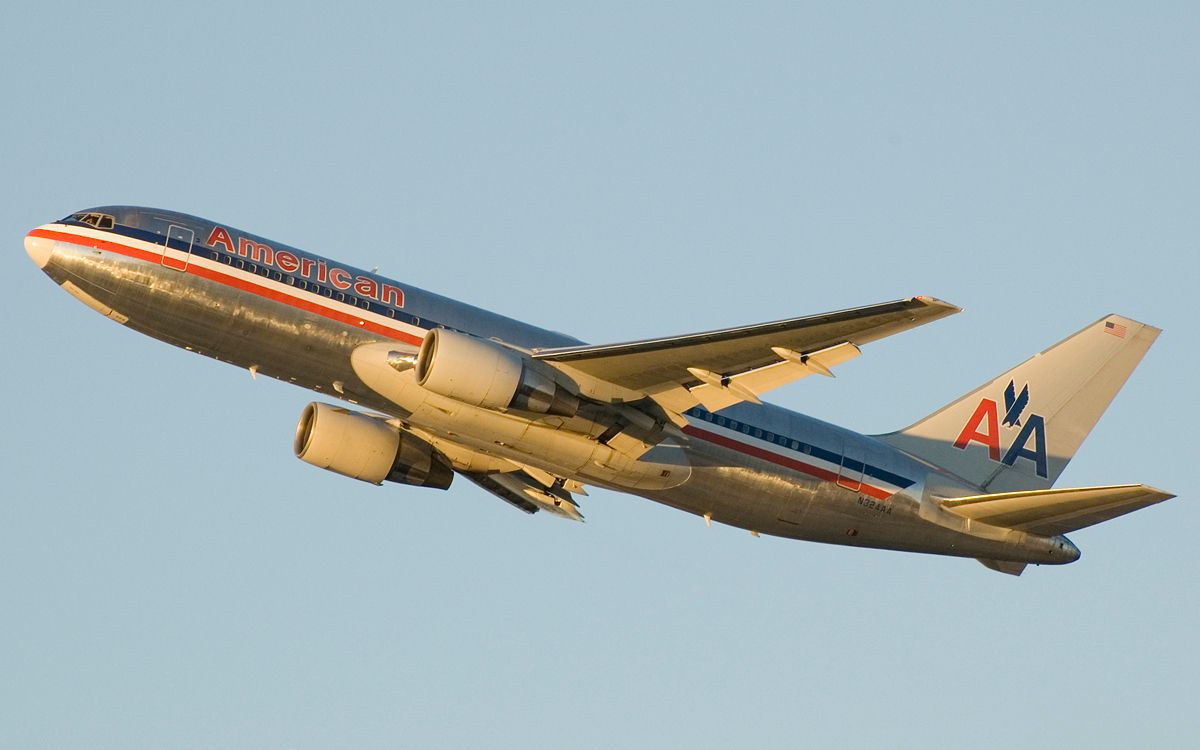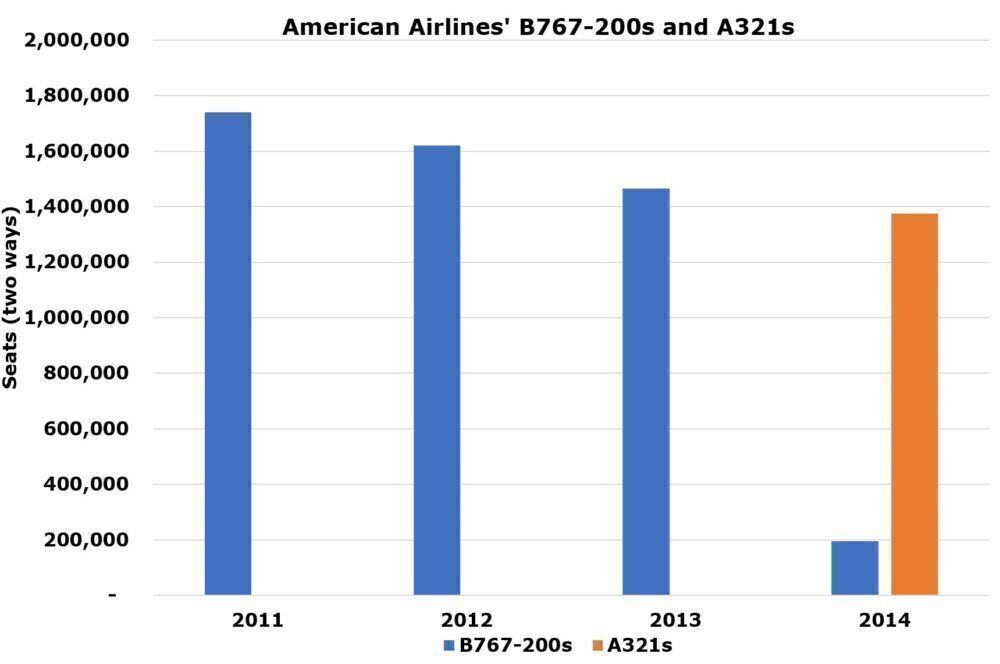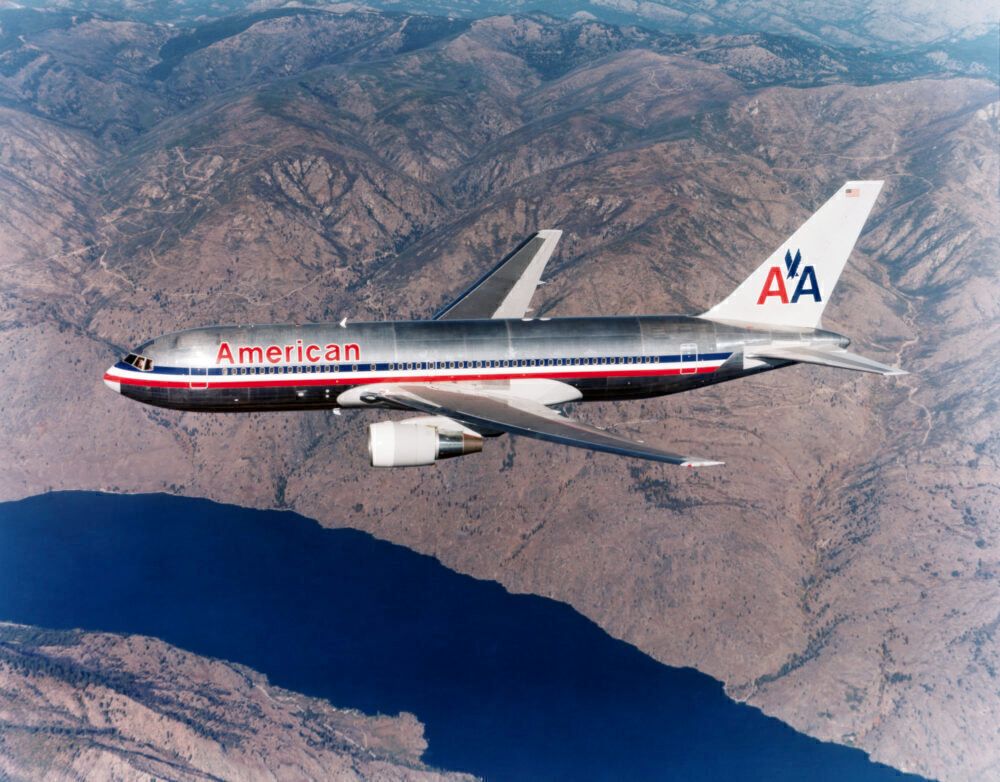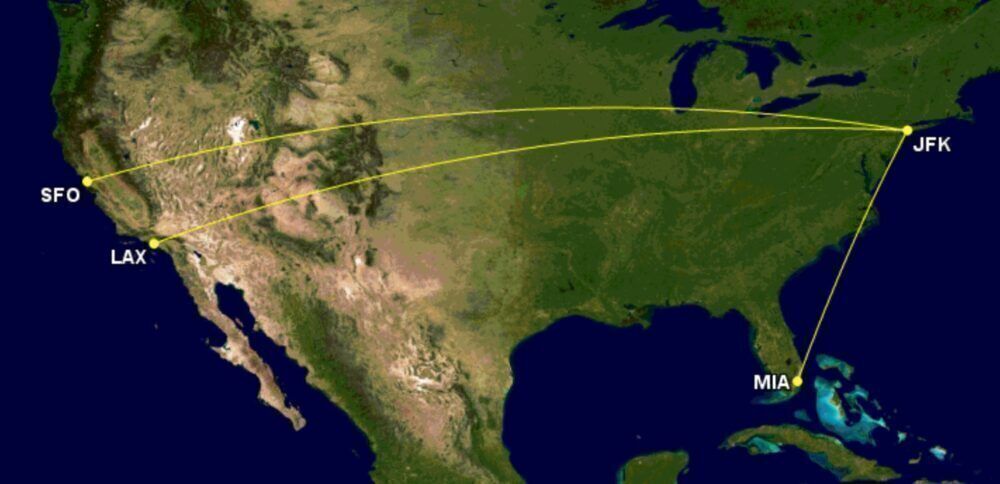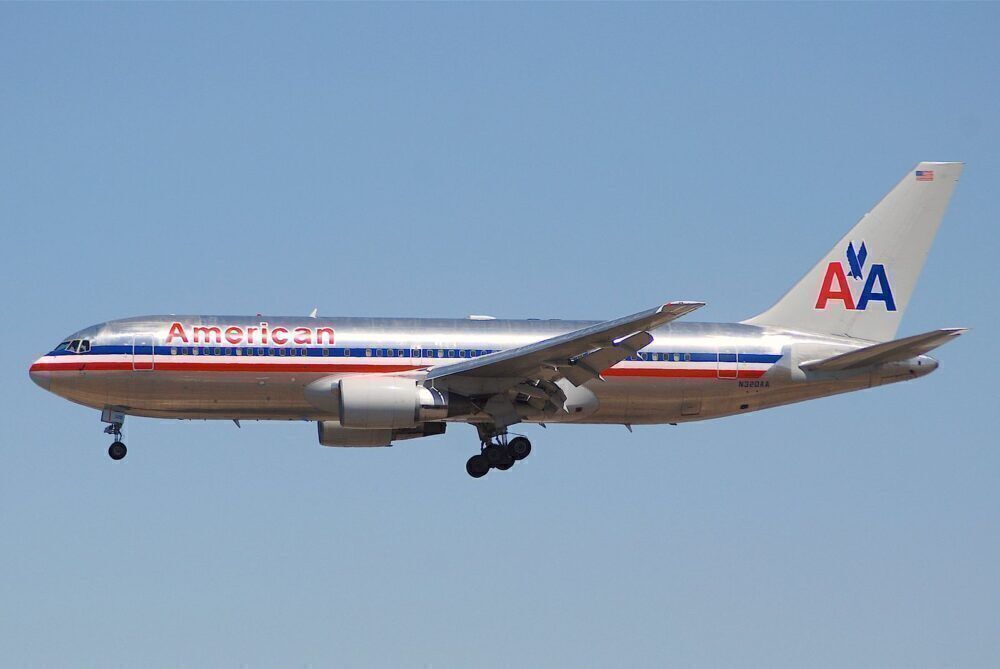American Airlines retired the Boeing 767-200ER almost exactly seven years ago. American Flight 30 departed Los Angeles on May 7th, 2014, bound to New York JFK, arriving early the next morning. It was operated by N319AA, which was delivered to the carrier in November 1985.
The end of American's 'baby widebody' B767 was guaranteed following the entry into service of the A321, of which a number were three-class Transcontinental variants. American used the A321T from New York JFK to Los Angeles in January 2014, followed by JFK-San Francisco in March. These were core markets for American's 762s.
Stay informed: Sign up for our daily and weekly aviation news digests.
Last routes for the type
As aircraft mature and are replaced, they typically move beyond what they were originally designed to do, normally because of more efficient aircraft to replace them. The A340-500, for example, was a very niche aircraft that was designed for ultra-long-haul flying. Now there is just one example remaining in active commercial service, which is temporarily used on a 1,172-mile route.
American's 762s weren't so different. In 2014, the carrier deployed them on three routes, all from New York JFK: Los Angeles (served until May); San Francisco (March); and Miami (March). On January 3rd, 2014, for example, it had 10 departures from JFK, as follows.
- Miami: 07:20, arriving 10:45
- Los Angeles: 07:30-10:50
- Los Angeles: 09:00-12:25
- Los Angeles: 12:00-15:10
- Los Angeles: 13:45-17:05
- Los Angeles: 15:45-19:20
- Los Angeles: 16:45-20:10
- San Francisco: 17:45-21:25
- Los Angeles: 19:00-22:15
- Los Angeles: 21:35-00:55
Eight departures to Los Angeles
On January 3rd, 2014, American had eight departures from JFK to Los Angeles – all by the 762. Spring forward to the same day in 2015, departures had risen to 12, all by the A321T. There was an almost hourly service, with the first at 06:00 and the last at 20:45. The exception was the afternoon: departures were at 12:30, 14:45, and 17:30.
Being replaced by the A321T helped to increase hard product quality and also frequency, both boosting competitiveness in what was – and remains – a highly competitive market.
The aircraft
It's not too much of an exaggeration to say that the 762 was a revolutionary aircraft. Until the entry and growth of the type, most airlines used three- and four-engined machines for long-haul flying, with the extra expense and complication that resulted in.
The 762 was different. With two engines, it combined relatively low capacity with long-range, and the -200ER obviously even more so. The 762 was a much more fuel-efficient aircraft than others, although the extra range is only worth it financially if it's used. Indeed, Airplanes Inform shows that the B767-300ER has only a 4% higher MTOW than the -200ER, yet an 18% higher payload.
Similar role to the A310
In both capacity and range terms, the 762 was similar to the A310, which had its maiden flight in 1982 – the same year that United Airlines received its first 762. Simple Flying shows that the A310 now has just four airlines still using it in passenger roles.
The parallel with modern-day aircraft, like the B787, should not go unnoticed. Such aircraft are also focused on higher efficiency, reasonably low capacity, and long-range, just like the 762 was. The B787-9 is now the leading type for transatlantic flights.
What are your memories of the B767-200? Comment below!

